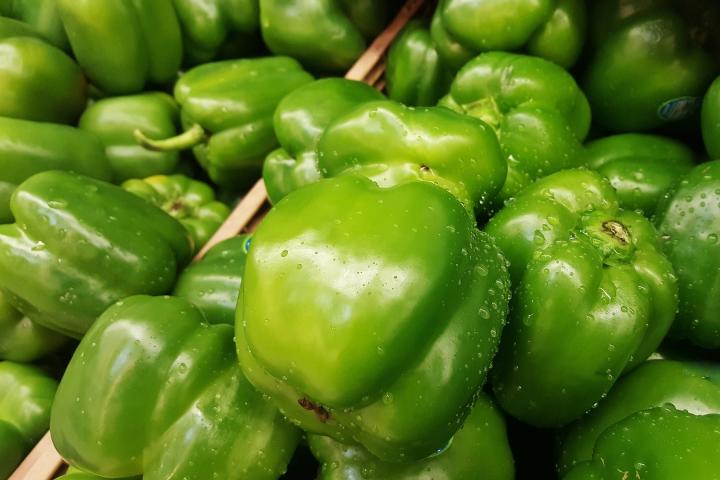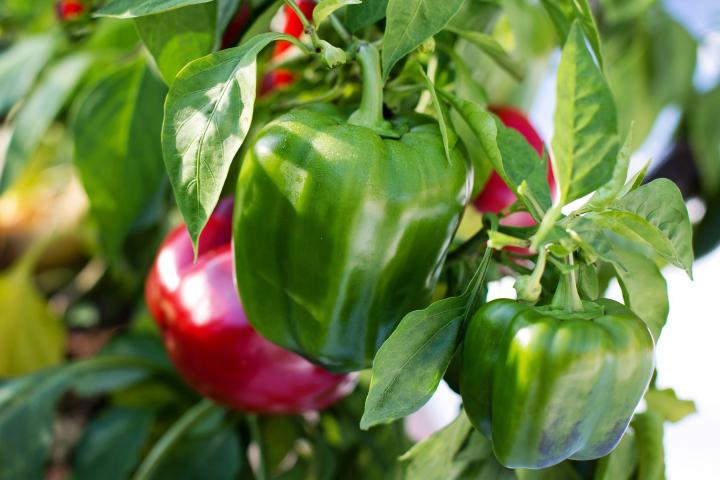
Planting, Growing, and Harvesting Bell Peppers
Peppers are wonderful with almost anything: sandwiches, scrambled eggs, pizza, salads, dips.
We also enjoy cooking peppers whether it’s a beef stir-fry, smoky roasted peppers, or meat and rice stuffed peppers.
Plus, peppers can be pickled! See how to make picked peppers!
ADVERTISEMENT
I'm trying indoor seeds for the first time. I understand pepper seeds and seedlings love it hot. My house stays at 62. I use a heating mat, but it says it only heats to 10 degrees higher than the room. Should I double up on the heating mat? I have two.
Hi, Nicole, Doubling heating mats, thereby putting a lot of heat on the bottom, is not necessarily a solution. Instead, use the one heating mat and tent your seedlings to that they have a bit of greenhouse effect. Don’t seal them off entirely but, for ex., cover them loosely in a plastic bag. We hope this helps!
I would appreciate further information on how to prune and keep peppers as a perennial plant.
My Grandpa used to water his tomatoes and his peppers with a 5 gallon bucket of water with a couple TBS of epsom salts. Only on transplant....and he had the most magnificent crops ever. I have a friend who does this w/her container gardening every year...and holy wha..the tomatoes are AMAZING.
He'd also grow clover instead every couple of years..he'd move crops around and the areas that didn't get "plants"...got clover. His gardens were magnificent.
Epsom salt adds magnesium to the soil, and magnesium is essential for making chlorophyll, which is essential for photosynthesis. Magnesium is a secondary plant mineral, meaning only very small amounts are needed, hense only watering on transplant Clover is a legume, which means it's roots have nodules of bacteria that put Nitrogen into the soil. Nitrogen is a primary plant nutrient that is fairly quickly removed from soil.












Comments